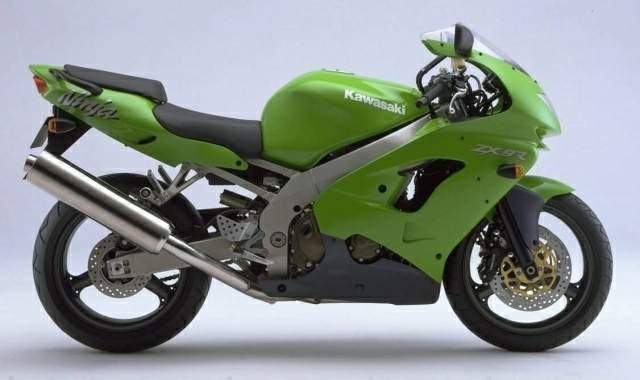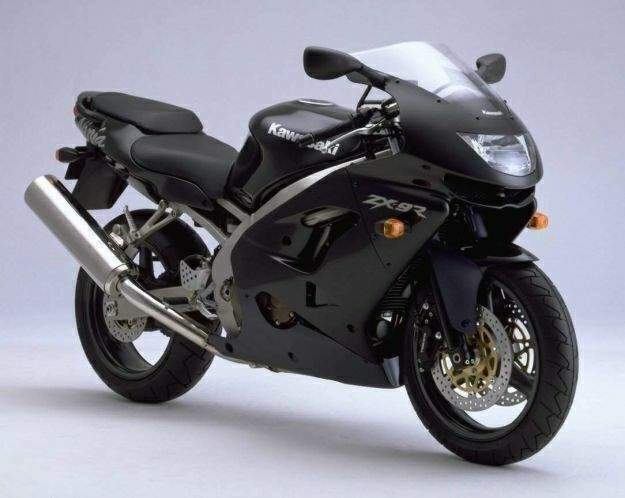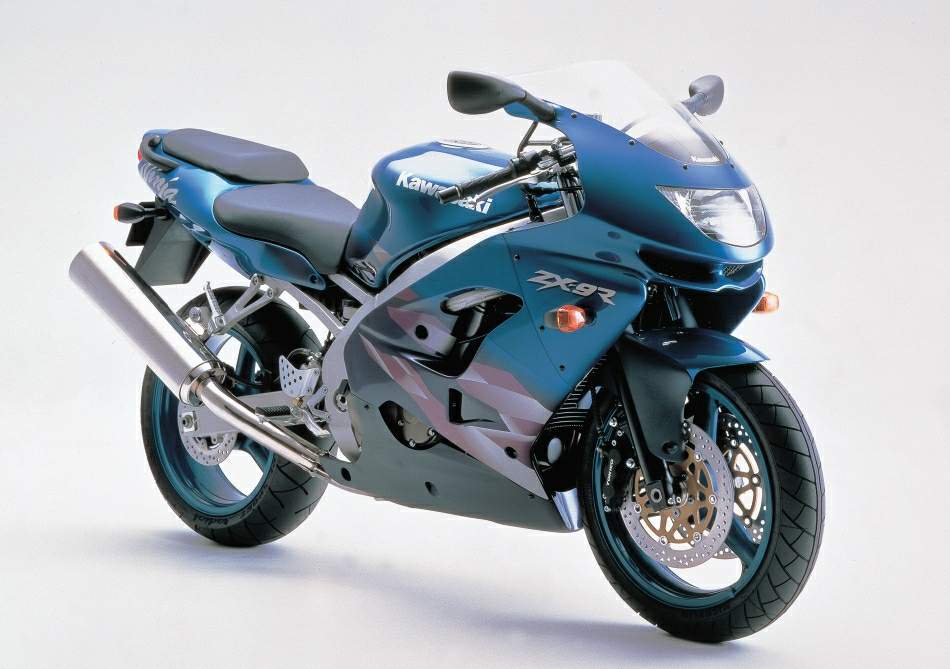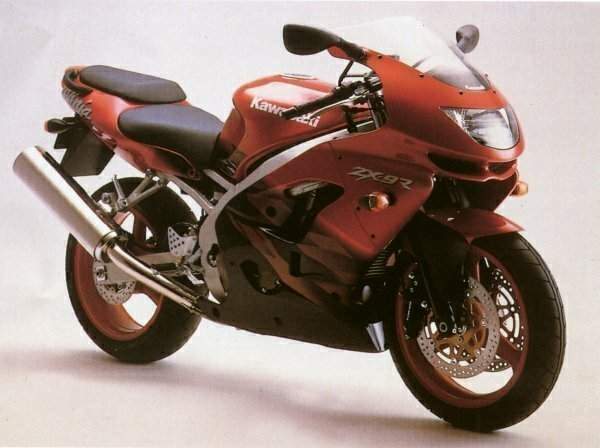Engine bore, stroke and redline remained unchanged; everything else was completely new. The clutch was changed from hydraulic to cable-operated. The generator was moved from behind the cylinder to the more conventional location at the left end of the crank. There was now no balance shaft. The valvetrain switched to direct valve actuation, and the cylinder head was plumbed for then-new plug-top ignition coils, replacing more conventional remote coils and high-tension leads. Notably, the new engine also featured a Hall-type cam position sensor on the exhaust camshaft. Cam position sensors are typically used in conjunction with electronic fuel injection. As the ZX900C featured induction by Keihin 40 mm CV carburettors, a cam position sensor wasn't necessary. Its inclusion could indicate that Kawasaki had designs to include fuel injection on the engine in the future, but this did not happen until the 2003 introduction of the Z1000, which uses a bored-out ex-ZX-9R engine with a side-draught cylinder head.
The frame lost the steel engine cradles, but also its bolt-on subframe and the rear ride height adjuster. The swingarm was a new unbraced, rectangular-section extruded design. The wheel sizes were the same, but the wheels were a new, lighter design. The brake calipers carried over, but the discs were smaller and lighter without stopping power being affected. New 46 mm right-way-up KYB forks replaced the heavier, though stiffer 43 mm USD's on the B model. The rear shock changed from a remote-reservoir to a lighter, more compact piggyback design. The wheelbase dropped 30 mm to 1410 mm.
Overall, with a factory-quoted dry weight of 183 kg, the C-model weighed less fully fuelled than the first B-model weighed dry.

Visually, the new bike retained the rounded, voluptuous, organic look of its predecessor, but became sleeker, with a slimmer tail unit and a smaller fairing. As a consequence of the smaller engine and shorter wheelbase, though, the fuel tank became wider and intruded more on the riding position than before.
At launch in late 1997, the ZX900C caused a sensation. The total redesign resulted in a bike which thoroughly outclassed the modest update of the FireBlade Honda introduced for that year. The two bikes were now evenly matched on weight, but the ZX-9R retained its power advantage and was universally acclaimed as the better sport bike; it was faster, it handled better and possessed a raw, involving feel for the rider. By contrast, the 1998 FireBlade was widely criticised for its uncommunicative handling. In addition, Kawasaki chose simple, single-colour paint schemes for the ZX-9R, offering the bike in the house colour of lime green, candy metallic blue and, in some markets, candy metallic black.
Unfortunately for Kawasaki, late 1997 also saw the introduction of the Yamaha R1. While flawed in several respects, this completely new sport bike design offered performance and styling which rightfully went on to capture the imagination of the motorcycling public.



